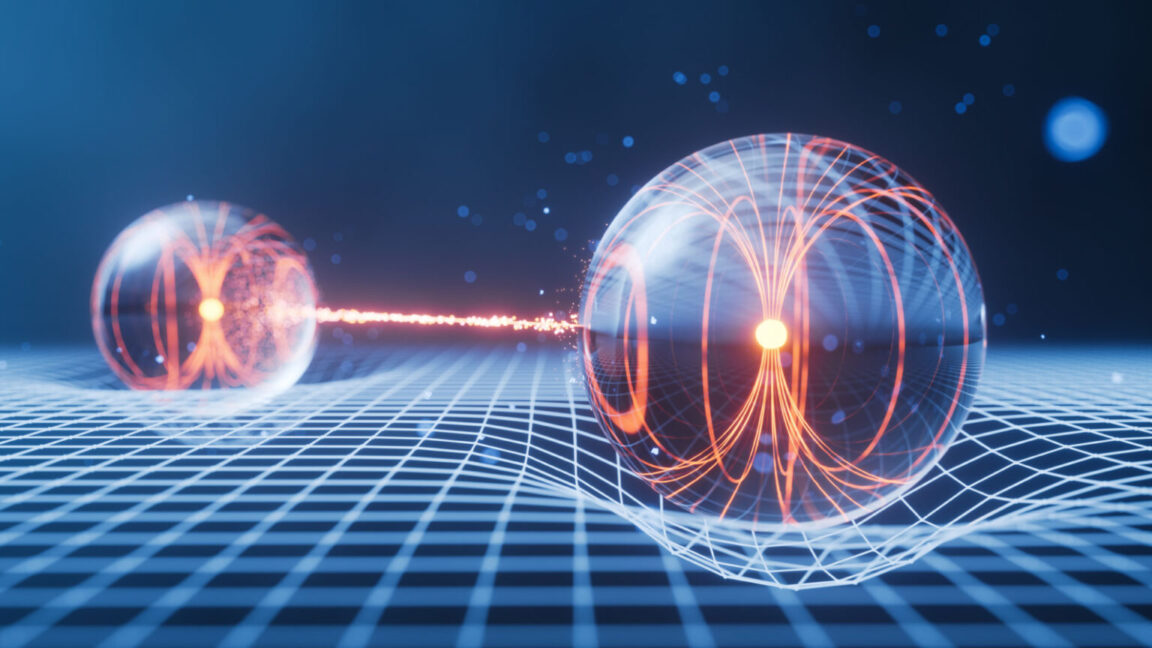Introduction
Quantum computing, a field that leverages the principles of quantum mechanics to perform computations far beyond the capabilities of classical computers, has long been hindered by the challenge of error detection and correction. The inherent fragility of quantum states makes them susceptible to errors, posing significant obstacles to reliable quantum computations. However, recent advancements have introduced a revolutionary qubit technology designed to enhance error detection, marking a pivotal step toward more dependable quantum systems.
Understanding Qubits and Quantum Errors
In classical computing, the basic unit of information is the bit, which exists in one of two states: 0 or 1. Quantum computing, however, utilizes qubits, which can exist in multiple states simultaneously due to the phenomenon of superposition. This property enables quantum computers to process vast amounts of information concurrently, offering unprecedented computational power.
Despite their potential, qubits are highly sensitive to environmental disturbances, leading to errors that can compromise computations. These errors arise from various sources, including:
- Decoherence: The loss of quantum coherence due to interactions with the external environment.
- Gate Errors: Imperfections in the operations that manipulate qubit states.
- Measurement Errors: Inaccuracies during the readout of qubit states.
Addressing these errors is crucial for the development of practical quantum computers.
Advancements in Error-Detecting Qubit Technology
To mitigate quantum errors, researchers have developed various error-correcting codes and fault-tolerant architectures. A notable advancement in this domain is the introduction of dual-rail qubits, which incorporate built-in error detection mechanisms.
Dual-Rail Qubits
Dual-rail qubits encode quantum information across two physical systems, allowing for the detection of certain types of errors, particularly loss errors. This encoding enables the system to identify when a qubit has been lost or corrupted, facilitating immediate corrective measures.
Quantum Circuits Inc. (QCI) has recently announced the development of a superconducting hardware system that utilizes dual-rail qubits. Their 8-qubit quantum processor, named Aqumen Seeker, integrates error detection directly into the qubit architecture, enhancing the efficiency and scalability of quantum computations. This innovation represents a significant leap toward fault-tolerant quantum computing.
Implications for Quantum Computing
The integration of error detection within qubit architectures has profound implications for the future of quantum computing:
- Enhanced Reliability: Built-in error detection reduces the likelihood of undetected errors, leading to more reliable computations.
- Scalability: Efficient error detection facilitates the scaling of quantum systems, bringing large-scale quantum computing closer to reality.
- Cost Efficiency: Reducing the need for external error-correcting protocols can lower the overall complexity and cost of quantum hardware.
Challenges and Future Directions
While the development of error-detecting qubits marks significant progress, several challenges remain:
- Integration: Incorporating new qubit technologies into existing quantum systems requires careful consideration to maintain compatibility and performance.
- Resource Overhead: Error detection and correction mechanisms often require additional resources, which can impact the efficiency of quantum computations.
- Environmental Sensitivity: Despite advancements, qubits remain sensitive to environmental factors, necessitating ongoing research into robust quantum architectures.
Future research will focus on refining error-detecting qubit technologies, exploring hybrid approaches that combine different error correction methods, and developing standardized protocols for quantum error management.
Conclusion
The advent of qubit technologies with integrated error detection represents a transformative development in the quest for reliable quantum computing. By addressing the fundamental challenge of quantum errors, these innovations pave the way for more robust and scalable quantum systems, bringing us closer to realizing the full potential of quantum computing.
See more Future Tech Daily

